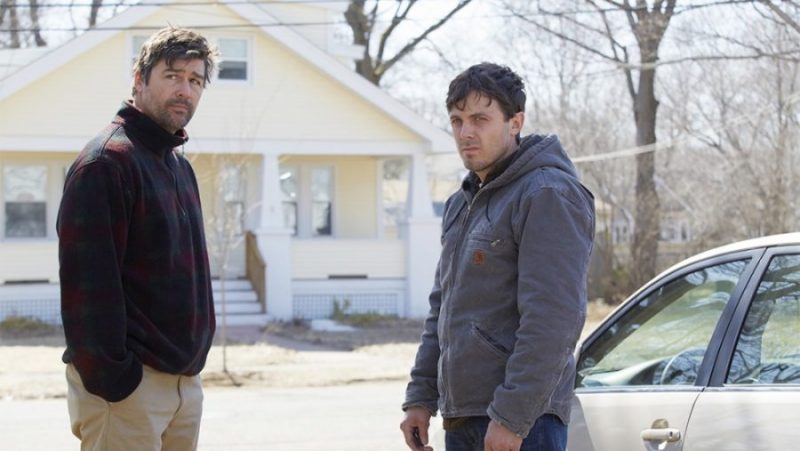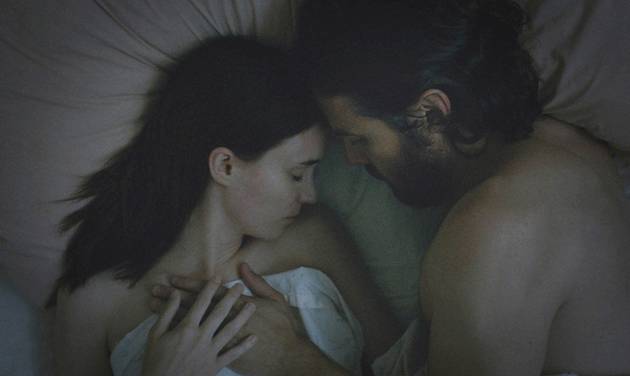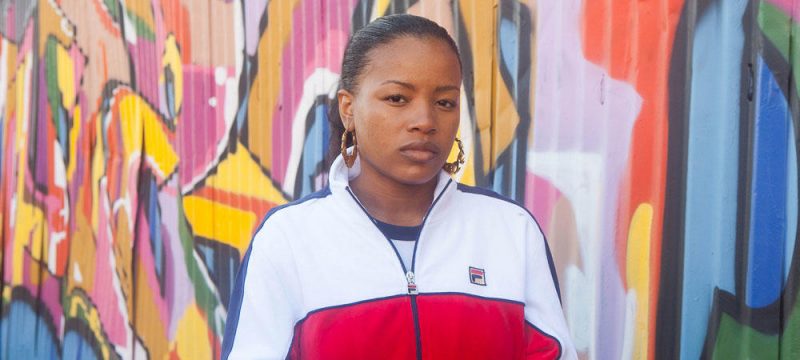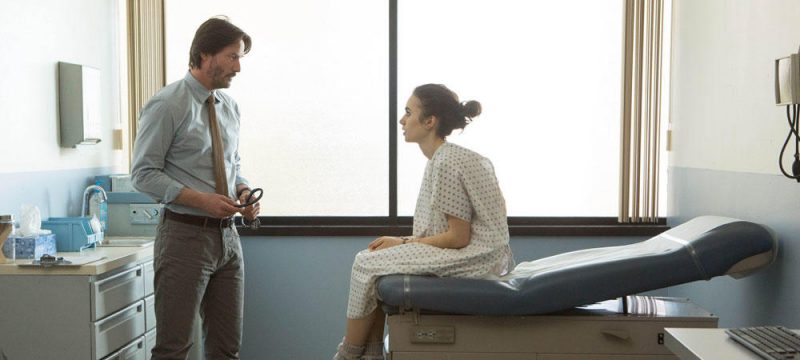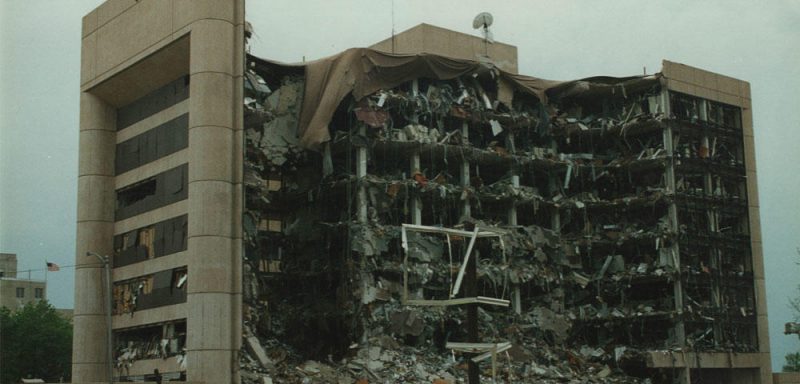
Day 4 of the 2017 Sundance Film Festival brought quite an interesting mix beginning with David Lowery, who reunited with Casey Affleck and Rooney Mara in a very unconventional ghost story.
If you were told that Affleck would be walking around in a bed sheet with blacked out eyes, you’d think twice about checking it out, but Lowery is able to create a very delicate portrait of a spirit that just can’t get to the next level. The film takes place almost entirely in one house with very little special effects (the white sheet), but it works.
For audiences looking for the ‘by the numbers’ straight horror, they’ll be disappointed, but if you love a film that haunts you long after it’s ended, this is the one for you.
A Ghost Story
David Lowery has become something of a poster boy for parlaying independent filmmaking into a successful Hollywood career. After years of directing, editing, and shooting both his own and others’ modestly budgeted films, including Ain’t Them Bodies Saints, which premiered at the 2013 Festival, he went on to write and direct last year’s remake of Pete’s Dragon for Walt Disney Pictures, and is currently working with the company on a new Peter Pan film. Yet Lowery’s career is quickly turning out to be less linear, and far more interesting, than that narrative of big shot ascension.
Exhibit A: his latest film, A Ghost Story, a lean, elegant, and cinematically adventurous fable that premiered on Sunday afternoon at the Library Theater. The film reunites Lowery with his Saints actors Rooney Mara and Casey Affleck, who play a young couple suddenly separated by an untimely death. While one of them struggles to cope with the loss, the other returns as a specter in a white sheet, ever-present but also invisible and powerless.
Lowery talked during the post-screening Q&A about the ideas behind the film. “My wife is here in the audience. And I love her very much. But we did have an argument one time about where we were going to live,” he said. “It was a very small-scale thing, but it felt huge at the time, and that’s sort of where this movie came from. Also I have a lot of anxiety about our place in the universe. And about time. And this was a way to work through some of those anxieties. I just also really liked the idea of a guy wearing a sheet haunting a house.”
Lowery also talked about why he and producer Toby Halbrooks made this unexpected turn, which began when Pete’s Dragon was still in post-production. The extended time it takes to complete a film of that magnitude actually opened them up to “test some new creative muscles” and start something new. “As a director, one of the things that is really important is to keep directing things,” Lowery said. “You spend a year or two making a movie and when you’re not on set you can get soft. To make this film so quickly after the other one taught me a lot about myself. What I’m good at, what I’m interested in, the things that I like. Because if I wait to long I’ll forget who I am as a director.”
That sense of discovery extended throughout the shoot, according to Lowery and DP Andrew Droz Palermo. They decided to shoot the film in a classical 4:3 aspect ratio, a format that neither of them had ever worked in before. “When we discussed shots before we starting shooting, we kept describing shots that were impossible for us to do in 4:3,” Palermo said.
“We had a really bold approach to the movie. We knew we wanted it to be these striking tableaus that would last for a long time,” Lowery added. “We found ourselves consistently reinventing our approach every time.”
“The general conversation every morning was, ‘What movie are we shooting today?,’” Palermo said.
ROXANNE ROXANNE –THE ’80S RAP STAR YOU’VE NEVER HEARD OF
If you’ve never heard of Roxanne Shanté, it’s about time that changed. And while you’ve almost certainly never heard of Chanté Adams either, that’s about to change as well. The agent of those changes is Roxanne Roxanne, directed by Michael Larnell (Cronies, 2015), in which newcomer Adams plays legendary battle rapper Lolita Shanté Gooden, a.k.a. Roxanne Shanté, who went from precocious teenager in New York’s Queensbridge housing projects to an overnight sensation in the mid-1980s after she recorded “Roxanne’s Revenge,” an answer rap to U.T.F.O.’s popular single “Roxanne Roxanne.” The U.S. Dramatic Competition film premiered on Sunday at the Library Theatre, with both women joining the director and crew for a lively Q&A.
Shanté had just watched the film for the first time, and she talked about its fidelity to her life. She struggled through a tug-of-war with her single mother, played by Nia Long, and later with an attractive but abusive partner, played by Mahershala Ali. “What you see on screen is the story. It’s unfiltered,” she said, and she recalled meeting Larnell in Central Park last year to tell it to him. “We sat down, had sandwiches, and I told him everything as if he was a distant family member — as if he was just too young to remember what happened.”
Larnell said he had some other ideas for what the film could be, but after he heard Shanté’s version of events he decided to let that guide him. Things came together quickly, and producer Mimi Valdes said they didn’t cast Adams until less than two weeks before shooting was to begin. “We really wanted an unknown for this role,” Valdes said, “because we felt it would not only be great to introduce a young actress to the world, but we wanted someone who could absorb themselves into the character, who didn’t come with too much baggage.”
One bit of baggage that the part required was Roxanne’s trademark braces, which she wore for five years during her teens. “Too long,” joked Adams, who doesn’t appear onscreen without them until the final scenes of the film. “I mastered the braces. They became like my lucky charm,” Shanté said.
Shanté tried to give the audience a sense of what it meant to be an artist in Queensbridge, which, though it brought wider acclaim both to Shanté and later on to hip hop legend Nas, has a thriving culture unto itself. “Coming from the largest housing project in the world, which is Queensbridge public housing — you’re talking 96 buildings, and 30,000 tenants at any time — you kind of live in your own world,” she said. “So if you are like the queen there, the champion there, nothing outside of that seems to matter. Because you’re like, look, I’ve got 30,000 people with me. And I felt the need to represent them everywhere I went. I felt I was representing Queensbridge. Because there are so many talented people there, not everyone had a chance to make a record. But when we would have park jams, I was just another little kid with all of the greats.”
LILY COLLINS PORTRAYS AN ANOREXIC TEEN IN TO THE BONE
For her feature directorial debut, Marti Noxon followed the timeless show biz adage “Write what you know.” The television powerhouse, known for writing and producing hits such as Buffy the Vampire Slayer and UnREAL, channeled her own suffering with an eating disorder as a teen into her screenplay for To the Bone, an aptly titled and often engaging dramedy about a young anorexic woman.
In the semi-autobiographical tale, Ellen (Lily Collins, in a transformative performance both physically and likely career-wise) has spent most of her teenage years in various recovery programs without much success. Her home life hasn’t exactly aided her: her father is MIA and her bipolar mother (Lili Taylor) lives in the Arizona mountains with her outspoken girlfriend (Brooke Smith). So her stepmother (the always lively Carrie Preston) convinces her to begin in-patient treatment at a group home run by an innovative but tough therapist (Keanu Reeves). As these things tend to go, here she develops a surrogate family with the other patients and even a possible romance with a male resident (the completely charming Alex Sharp), and she finds courage to confront her addiction with more determination than before.
During the Q&A that followed the comedy-drama’s premiere at the Eccles Theatre, Collins opened up about her own experience with an eating disorder as a teenager and admitted it was what drew her to the project. “I felt so attached to the material, and to have the opportunity to step into the shoes that 10 years later I’d moved on from was terrifying,” she admitted. “At the same time it was a huge honor and something I needed to do for myself, as well as the character.”
Collins revealed that drawing upon her own experience with its emotional turmoil and doing additional research was a therapeutic process for her.
Noxon, who noted that an incredible number of women were involved in the making of the movie, hopes To the Bone will become a conversation starter. “I hope people will recognize that people who have trouble with eating or body image problems or anything on the spectrum, they’re not weak and it’s not that they’re vain or lazy or obsessing for no reason,” she said, adding that anorexia is often caused by a number of problems.
“I needed to hit bottom,” she shared. “I needed to live for myself. Everybody’s path is different. I just hope people will ask how they can see this in a more compassionate way, rather than be judgmental.”
OKLAHOMA CITY DOC MAKES ITS TIMELY PREMIERE
On April 19, 1995, former U.S. Army veteran Timothy McVeigh parked a Ryder rental truck loaded with explosives in front of the Alfred P. Murrah Federal Building in Oklahoma City and detonated a bomb that would kill 168 people, including 19 children in the building’s daycare facility. It was the country’s deadliest act of domestic terrorism until the September 11, 2001, attacks. Barak Goodman’s gripping documentary bears the title Oklahoma City, but the filmmaker is also concerned with providing context and showing how the government’s involvement in two previous massacres are linked to McVeigh’s motive to attack.
The engrossing film, which premiered at the Sundance Film Festival and will be broadcast on PBS in February, begins with the sounds of a board meeting in the Murrah building that’s interrupted by the deafening explosion, graphic scenes of the bombing aftermath, and harrowing accounts from the survivors and first responders. With rare archival footage and new interviews with biographers, reporters, and witnesses, Goodman then backtracks to expertly explore the rise of white nationalist groups in the 1980s, as well as FBI-led sieges on Ruby Ridge, Idaho, in 1992 and Waco, Texas, the following year and the effect they had on McVeigh, a social misfit obsessed with guns and a deep distrust of the U.S. government.
Goodman said he’d planned to focus solely on McVeigh, but as he delved into research, he realized the story went much deeper than he’d originally expected.
As stories of white supremacy, often under the less ominous moniker “the alt-right movement,” continue to dominate the news cycle today, questions about the movement dominated the post-screening Q&A. The arrival of this documentary could hardly be more timely.
“We didn’t predict when the film would come out, so the fact that it has acquired a different sort of resonance was not intentional,” Goodman noted. “We felt it deserved attention anytime because this phenomenon of anti-government extremism is as old as America itself.”
The director insisted that his film is a work of history and it’s purely up to the audience if they make connections between the events depicted in the film and those in the headlines today.
“We don’t pretend to be experts on the alt-right or what’s going on today,” he told the audience. “We had the luxury of looking backwards. Twenty years from now there will be a lot of films done on what’s going on today, but this is the past.”


